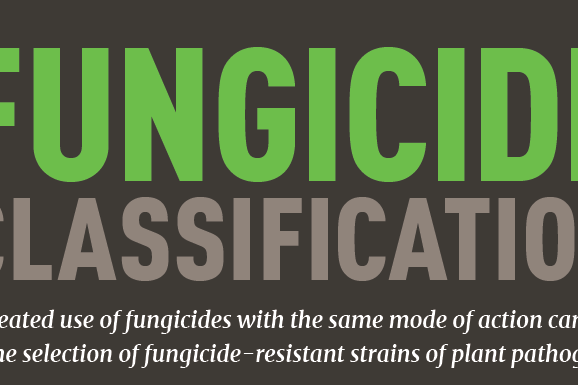Four Questions to Ask Farm Data Providers
The marketplace for data-driven products and services is seeing rapid evolution in the field of agriculture. The benefits for farmers are already well-recognized. For starters, data helps farmers recognize trends with greater certainty, it can help validate decision-making and it leads to improved production practices immediately or over time. It also enables farmers to streamline…
Details










